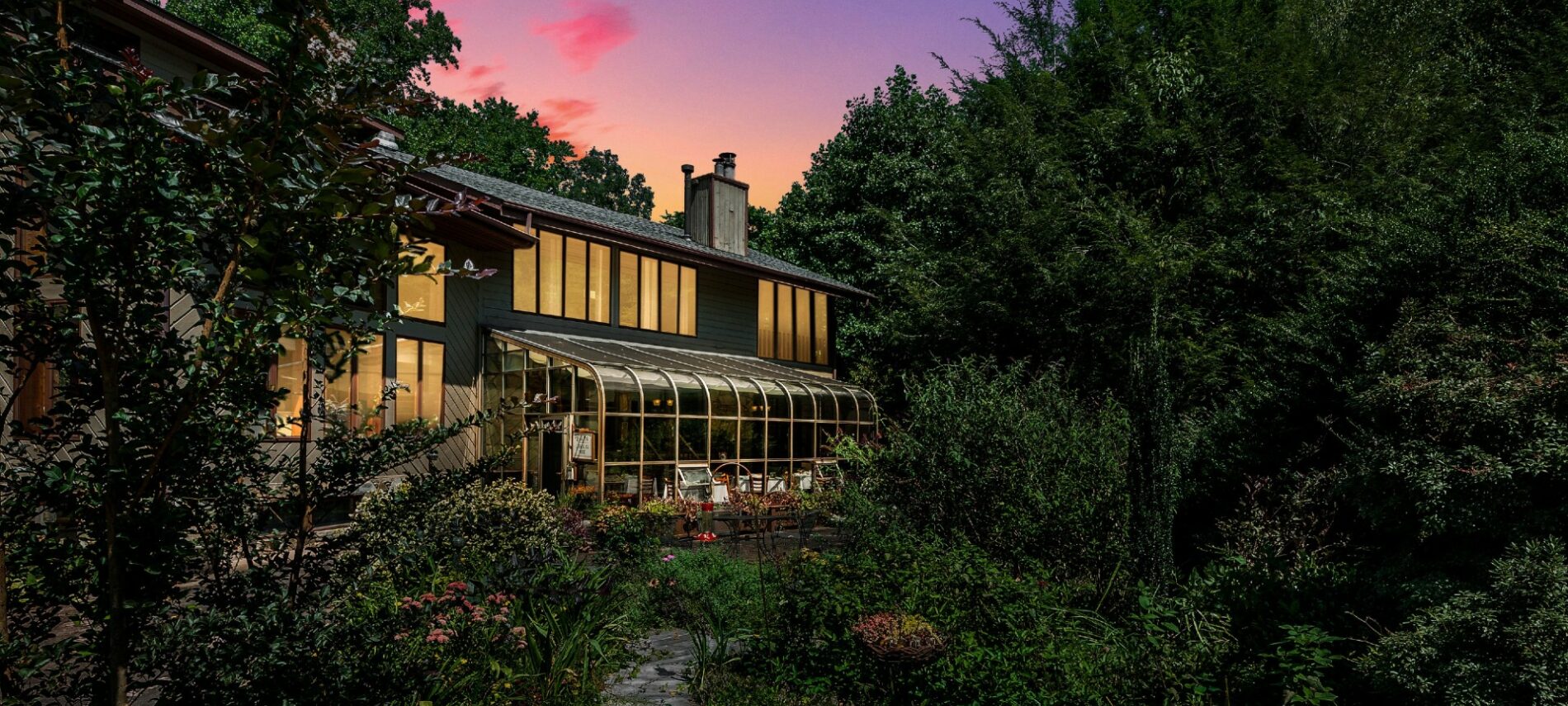As you may know, the Inn on Mill Creek Bed & Breakfast is located two miles inside Pisgah National Forest, between Black Mountain and Old Fort, North Carolina. This means we have beautiful dark skies at night, often clear and full of stars.
Every year, we like to share what you might see after dark when you’re in our neck of the woods. Check out what’s happening in the night sky in 2023!
Overnight January 3 to January 4 – the Quadrantids meteor shower peaks. This annual meteor shower can produce up to 40 meteors an hour.
February 1 – Comet C/2022 E3 (ZTF) gets its close-up. If you’re looking for a comet this year, Comet C/2022 E3 (ZTF) is for you. On February 1, it will be closest to Earth and the only comet in 2023 to be this bright.
April 11, just after sunset – get an evening look at Mercury. Mercury will be at its highest point above the horizon in the western evening sky.
Overnight April 22 to April 23 – the Lyrids meteor shower peaks. The Lyrids are a mid-April annual meteor shower, producing up to 20 meteors per hour. A crescent moon will make for dark skies – watch for long dust trails from the Lyrids.
Overnight from May 6 to May 7 – shooting stars for Innkeeper Brigette’s birthday with the Eta Aquarids meteor shower. The Eta Aquarids are made of dust particles left behind by Halley’s comet and can produce to 30 meteors per hour each year from late April to early May. This year it peaks on Brigette’s birthday!
May 29, just before sunrise – Mercury is visible early in the morning. If you are an early riser, look for the planet Mercury low in the eastern morning sky.
June 4 – look for Venus high in the western sky just after sunset. A lot of our guests celebrate their wedding anniversary in June, so it’s fitting that the planet named for the Goddess of Love will be big and bright this month.
July 3 – the first of four supermoons. Supermoons are instances where a moon is a full moon and comes closest to the Earth in its elliptic orbit, making it look slightly larger than usual. This supermoon is called the Buck Moon, the Thunder Moon and the Hay Moon.
August 1 – the second of the year’s supermoons, and the first of two in August! That’s right, August has two supermoons in 2023, so if you like a supermoon, August is your month. This one is called the Sturgeon Moon, the Green Corn Moon, or the Grain Moon.
Overnight from August 12 to August 13 – the peak night to see the Perseids meteor shower. The Perseids is a late July to mid=August annual meteor shower and is known for its bright meteors, up to 60 an hour. It’s produced by the comet Swift-Tuttle.
August 27 – look for Saturn in the eastern night sky. The planet Saturn will be is brightest in 2023 on this night.
August 31 – the “Blue Moon” supermoon. The third of four supermoons in 2023, this one is called the Blue Moon and you’d think that it doesn’t happen often if you’re familiar with the phrase “Once in a blue moon.” However, Blue Moons occur every 2.5 years.
September 29 – Innkeeper Dave’s birthday supermoon. The final supermoon of 2023 happens to be on Innkeeper Dave’s birthday! It’s called the Harvest Moon (the supermoon occurring closest to the fall equinox) and also the Corn Moon.
October 23 – Venus is high in the sky before sunrise. The planet Venus will be at its highest point above the horizon in the eastern morning sky. Like June, October is a big month for wedding anniversaries for our guests, so we love that the Goddess of Love’s planet is going to be beautiful in the sky this month!
November 3 – the best night of 2023 to see Jupiter. The planet Jupiter will be its at its brightest in 2023 on this night.
Overnight from November 4 to November 5 – two meteor showers in one with the peak of the Taurids. While it generally produces only 5-10 meteors per hour, it happens over a very long period so you have more opportunity to see them. There are two consecutive streams of meteors, produced by leftover debris from an asteroid and a comet, in that order.
Overnight from December 13 to December 14 – peak night for the best meteor shower of the year, the Geminids. This is by far the best meteor shower of the year, with up to 120 bright and often multicolor meteors per hour. Plus it happens this year close to a new moon (when the moon is not visible), so it has the potential to be a great show in 2023.

